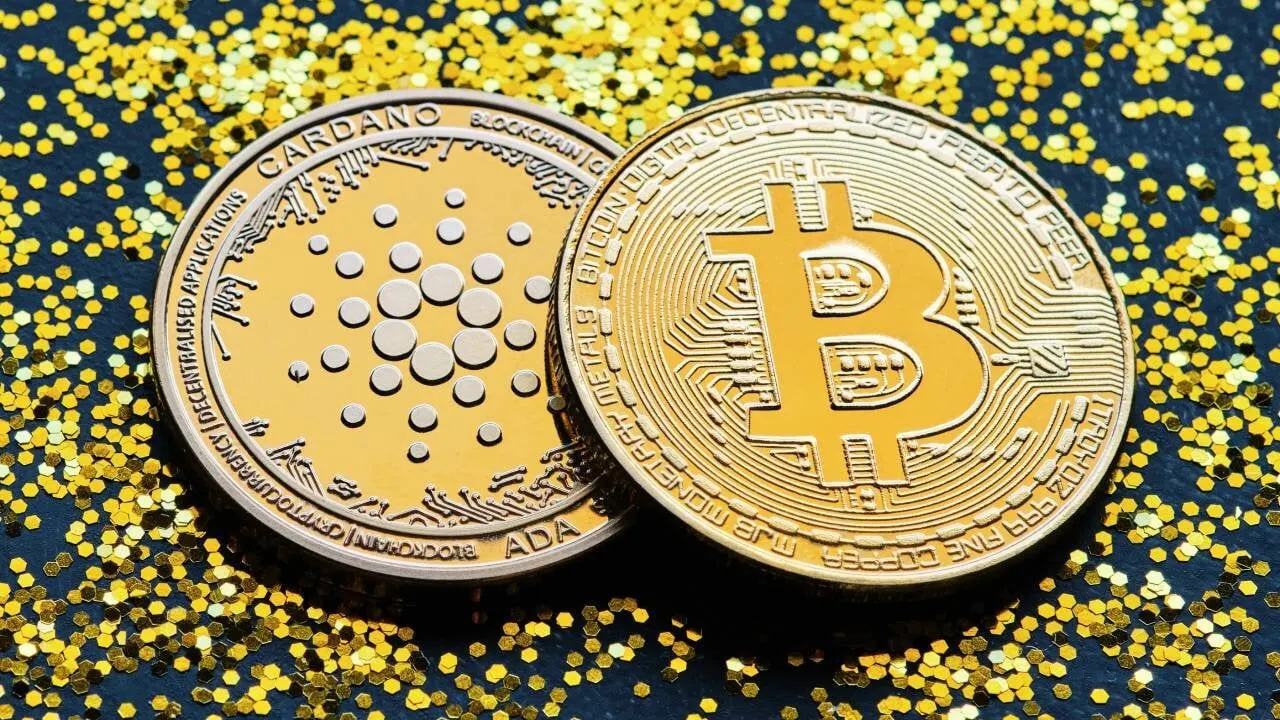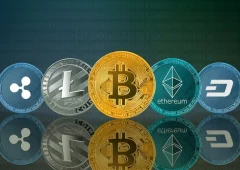The Bitcoin-Cardano Bridge is Here: What it Means for DeFi
10.06.2025 21:00 1 min. read Alexander Stefanov
Cardano has launched Cardinal, a pivotal protocol aiming to bridge Bitcoin's vast liquidity with Cardano's decentralized finance (DeFi) ecosystem.
This initiative, highlighted by Cardano founder Charles Hoskinson and IOG CTO Roman Pellerin, marks their most direct effort yet to integrate Bitcoin.
While already capable of wrapping and unwrapping Ordinals, Pellerin notes the protocol isn’t “production-ready” yet, with improvements planned for the 1.0 version.
Cardinal lets Bitcoin holders access DeFi services like lending and borrowing on Cardano without relying on centralized bridges.
It achieves this by securely “wrapping” Bitcoin’s UTXOs into tokens with a one-to-one peg, allowing full redeemability.
The protocol employs a trust-minimized model and MuSig2 for enhanced security, ensuring decentralization and safeguarding against chain reorganizations.
Furthermore, Cardinal integrates BitVMX, an off-chain computation system, for efficient and programmable interactions between the two blockchains. This move by Cardano promises to open up significant new opportunities for both Bitcoin and the broader DeFi landscape.
-
1
Bitcoin Shouldn’t Be Taxed, Says Fund Manager
07.07.2025 9:00 2 min. read -
2
Bitcoin Enters new Discovery Phase as Profit-Taking Metrics rise and outflows dominate
06.07.2025 8:00 2 min. read -
3
U.S. Lawmakers Target El Salvador With Crypto Sanctions Plan
10.07.2025 15:00 2 min. read -
4
Strategy’s $60 Billion Bitcoin Portfolio Faces Mounting Risks, CryptoQuant Warns
10.07.2025 16:36 3 min. read -
5
Crypto Market Slips on Senate Bill and Altcoin Leverage Risk
23.07.2025 18:51 2 min. read
Biggest Bitcoin Miner Will Raise $850M To Buy Bitcoin
MARA Holdings, Inc. (NASDAQ: MARA), a leading digital infrastructure and Bitcoin mining firm, announced plans to raise $850 million through a private offering of 0.00% convertible senior notes due 2032.
Crypto Market Slips on Senate Bill and Altcoin Leverage Risk
The crypto market dropped 1.82% over the last 24 hours, ending a multi-day streak of gains.
Elon Musk’s SpaceX Moves $150M in Bitcoin
SpaceX has moved 1,308 BTC—worth roughly $150 million—to a new wallet address, marking its first on-chain activity in more than three years.
Here’s When the Bitcoin Cycle May Peak, Based on Past bull Markets
According to a new chart shared by Bitcoin Magazine Pro, the current Bitcoin market cycle may be entering its final stretch—with fewer than 100 days remaining before a potential market top.
-
1
Bitcoin Shouldn’t Be Taxed, Says Fund Manager
07.07.2025 9:00 2 min. read -
2
Bitcoin Enters new Discovery Phase as Profit-Taking Metrics rise and outflows dominate
06.07.2025 8:00 2 min. read -
3
U.S. Lawmakers Target El Salvador With Crypto Sanctions Plan
10.07.2025 15:00 2 min. read -
4
Strategy’s $60 Billion Bitcoin Portfolio Faces Mounting Risks, CryptoQuant Warns
10.07.2025 16:36 3 min. read -
5
Crypto Market Slips on Senate Bill and Altcoin Leverage Risk
23.07.2025 18:51 2 min. read


